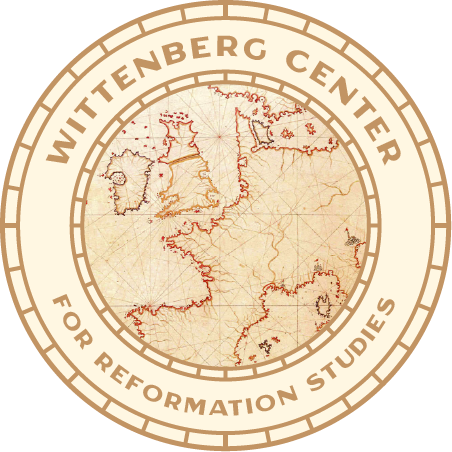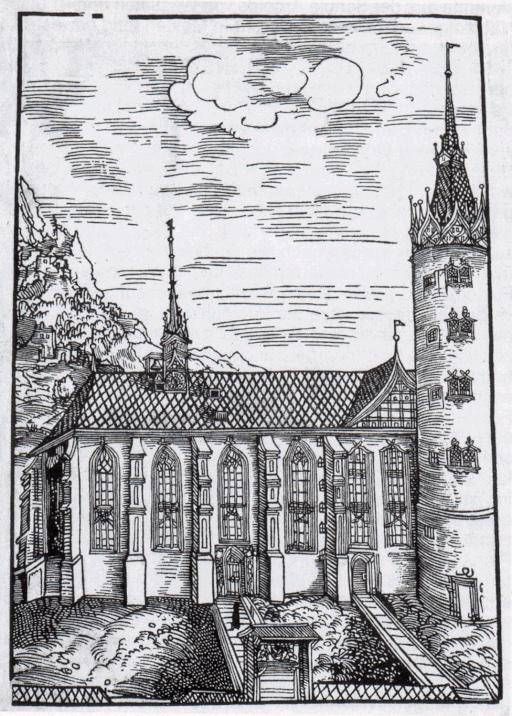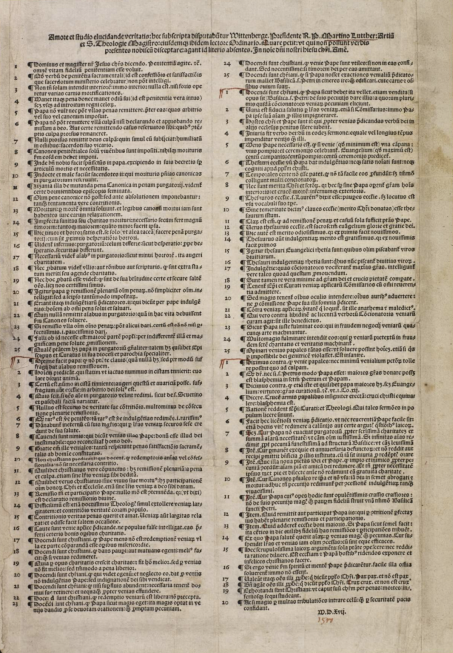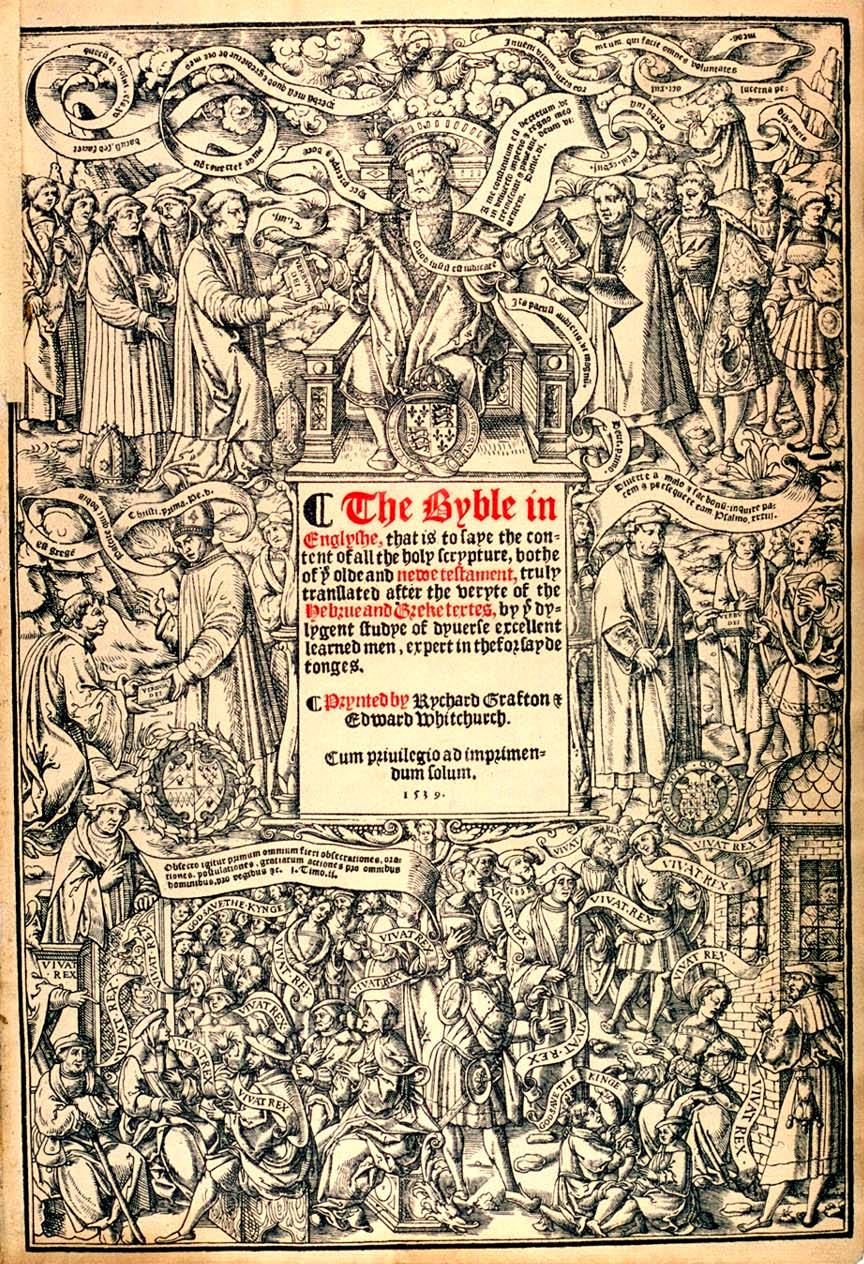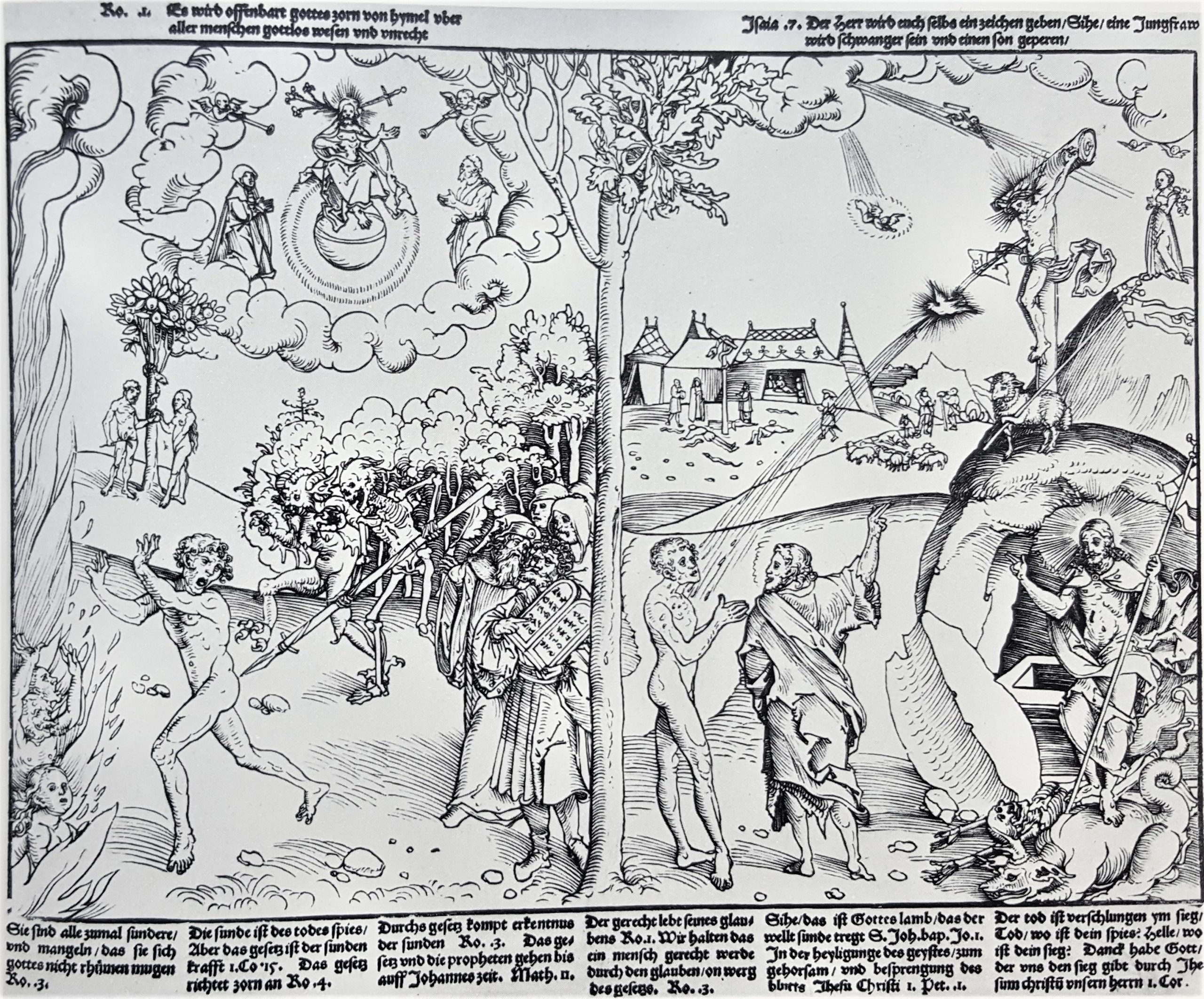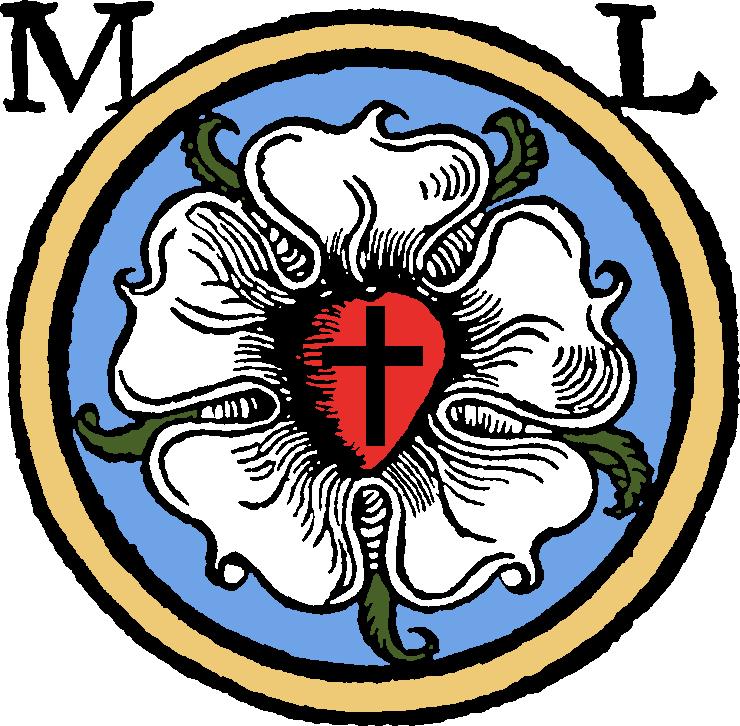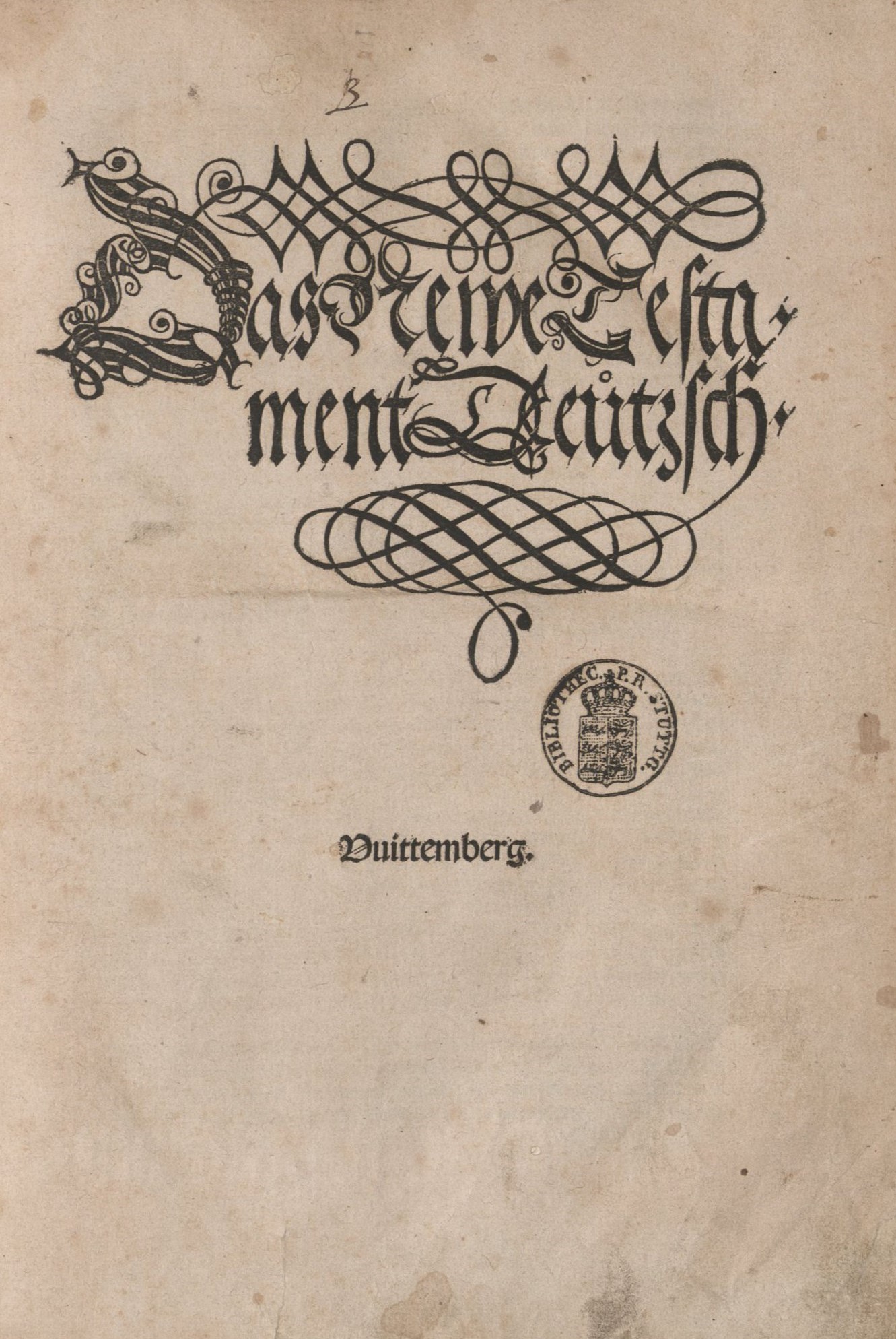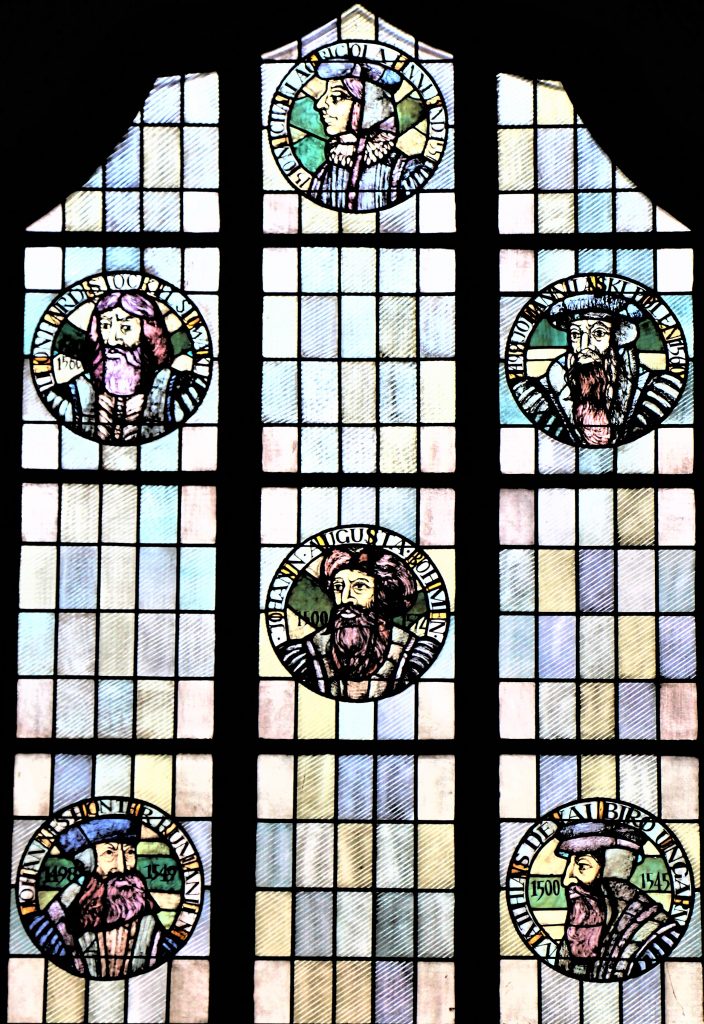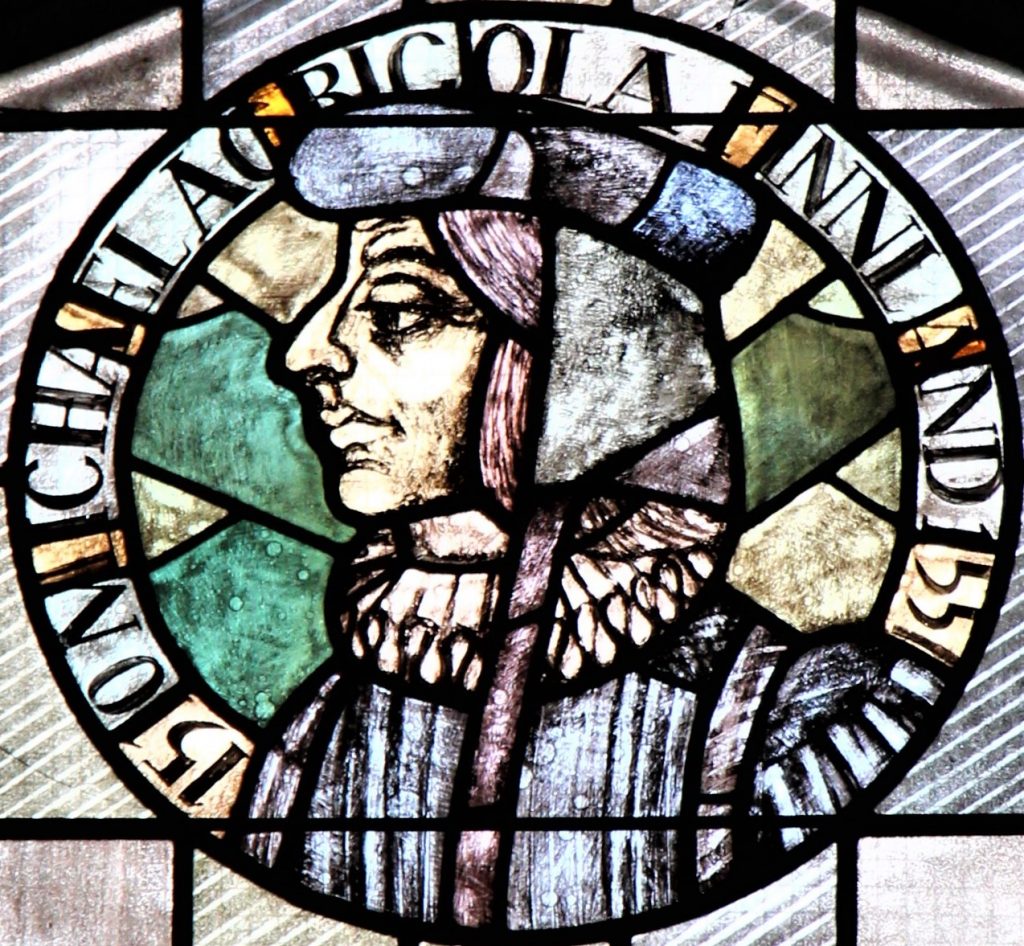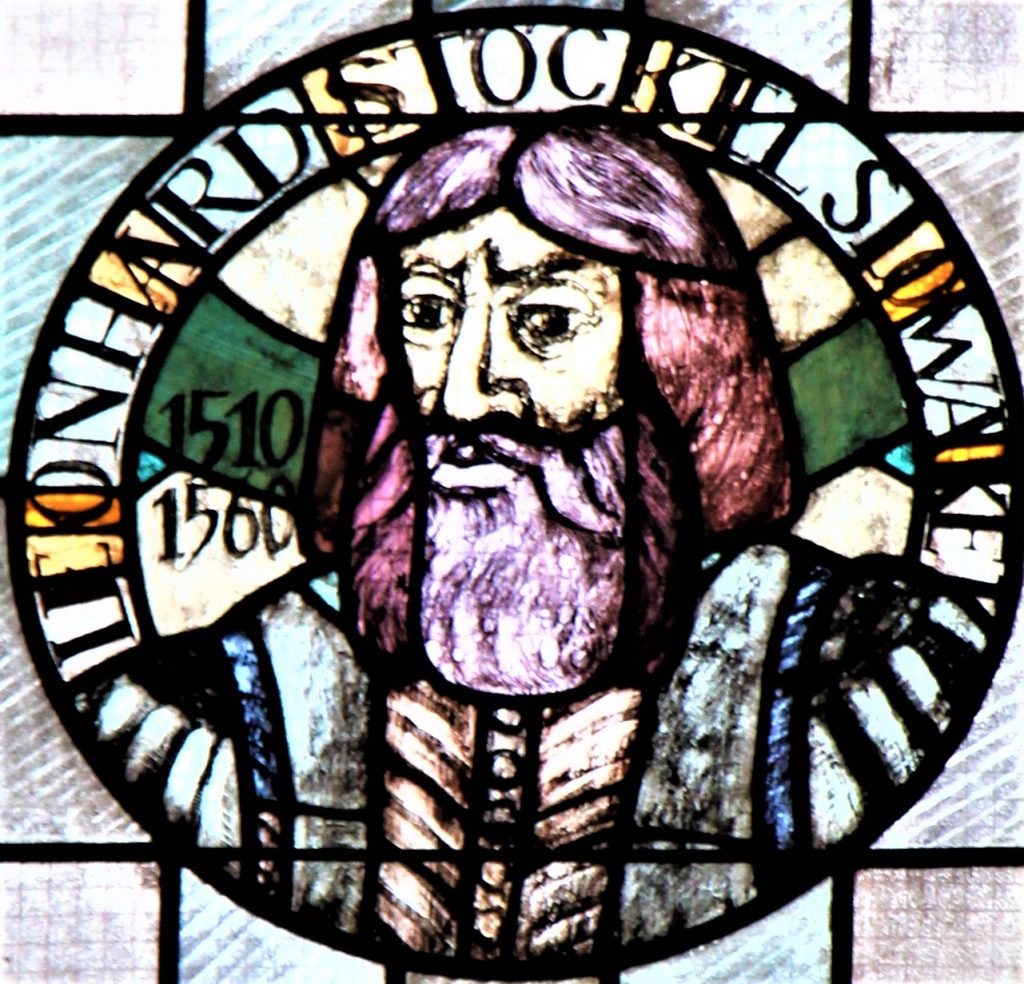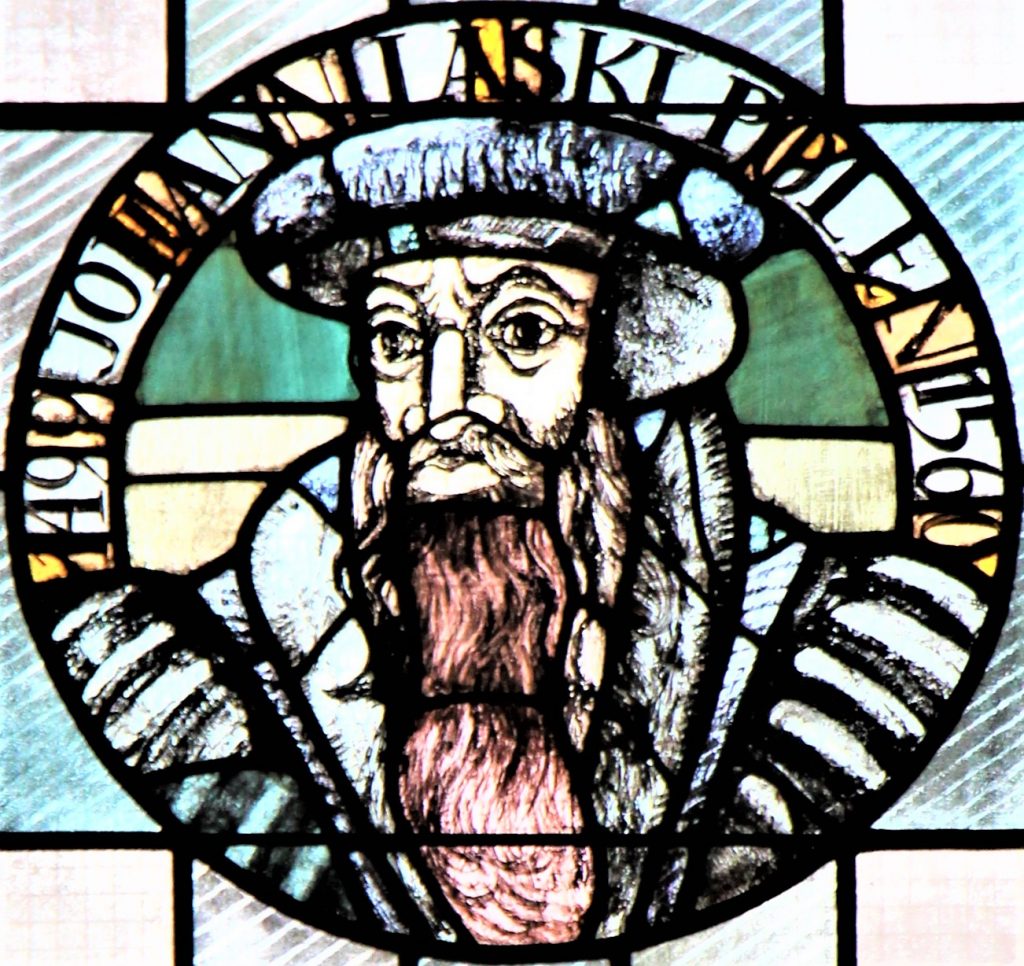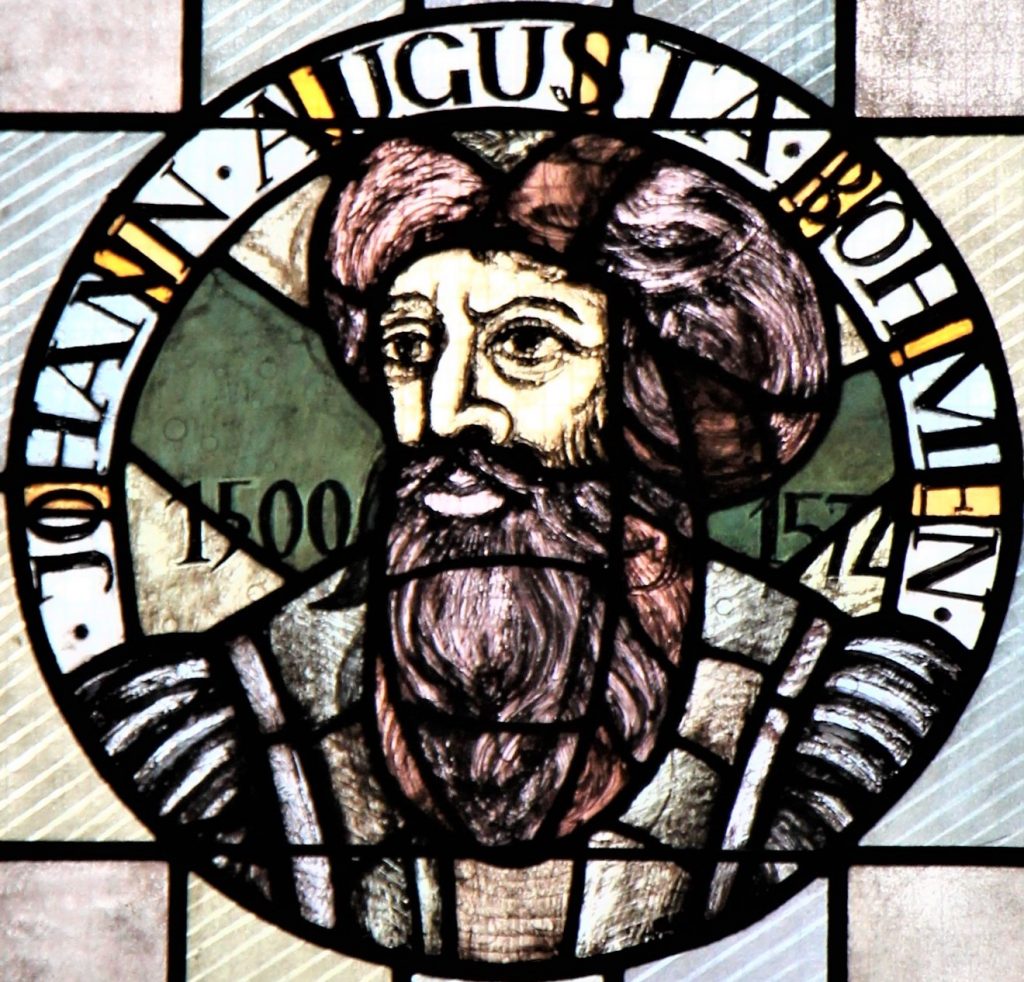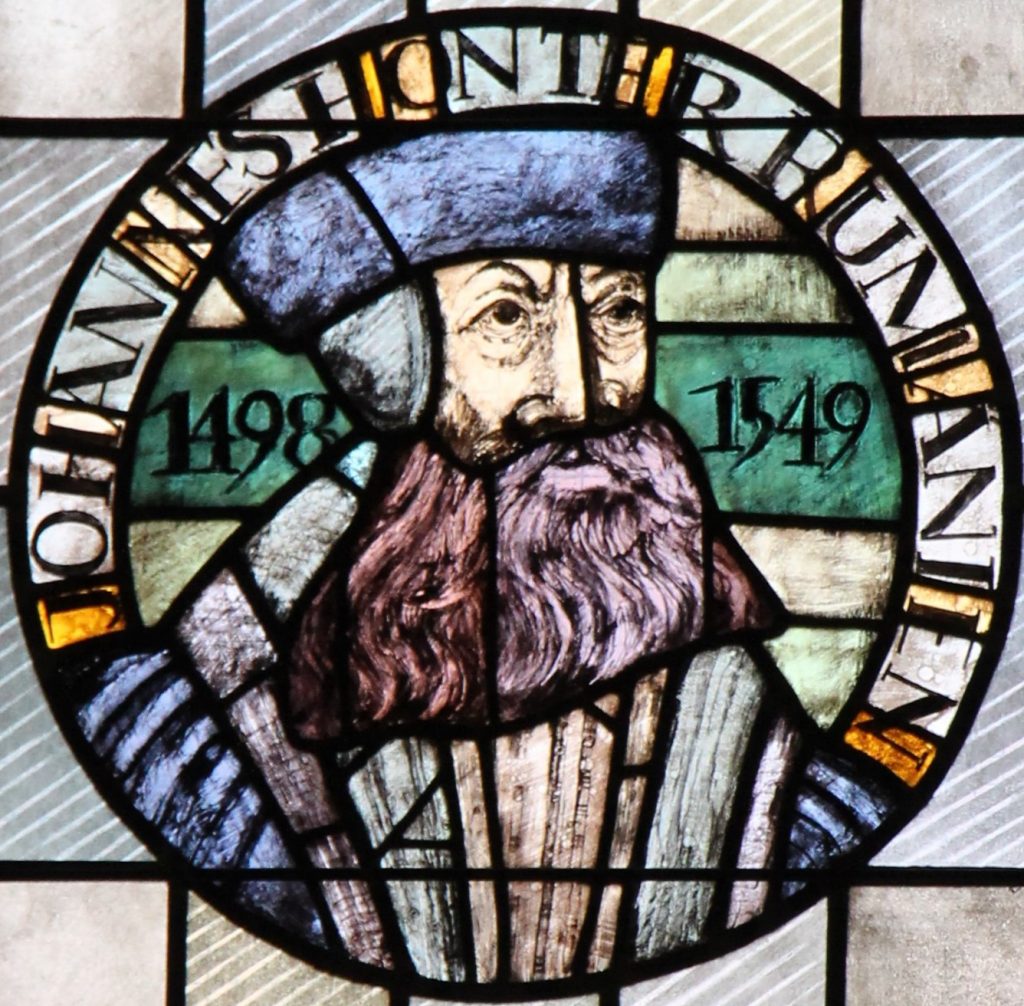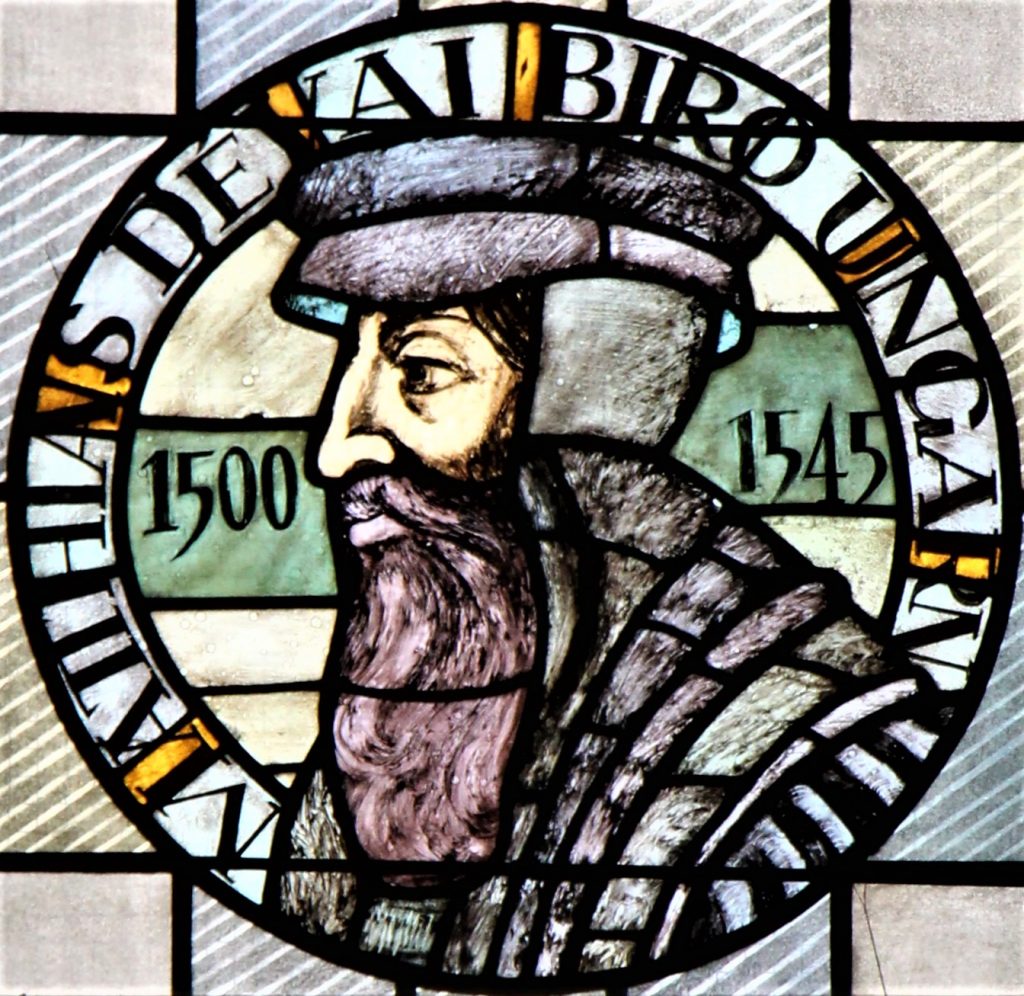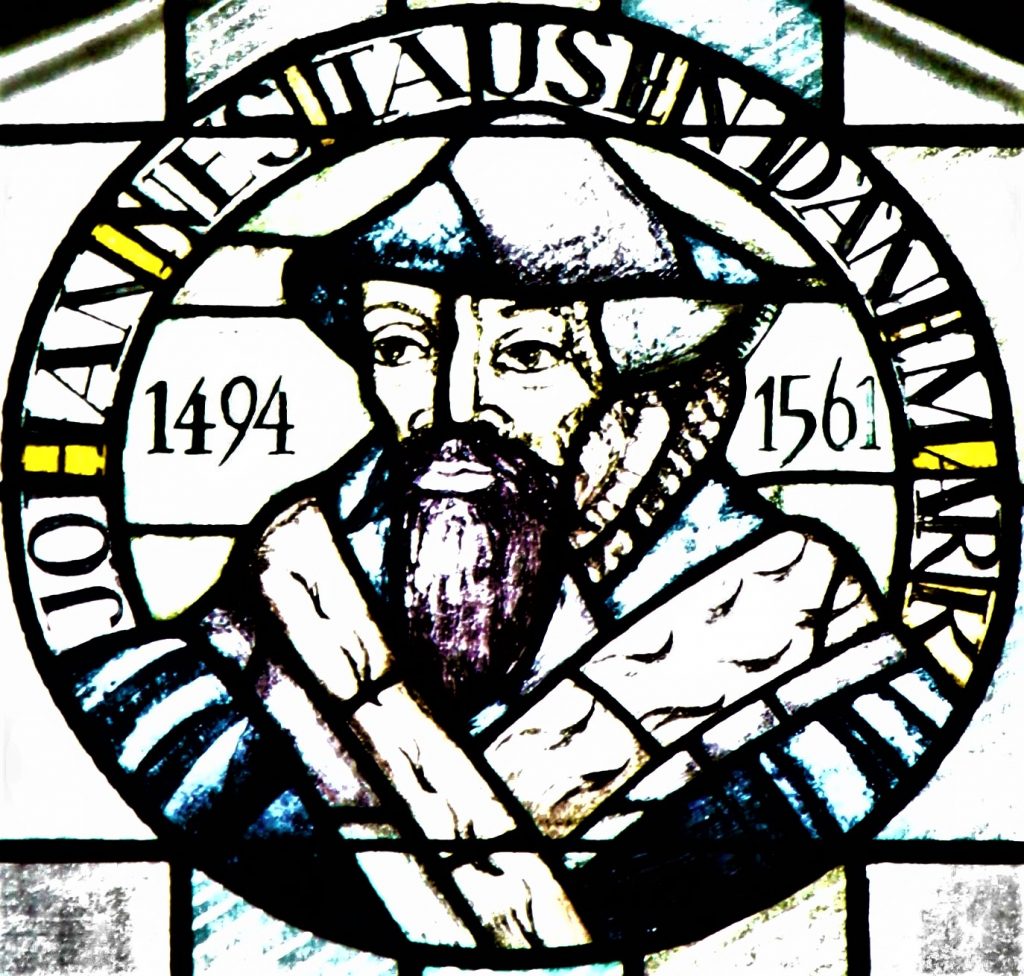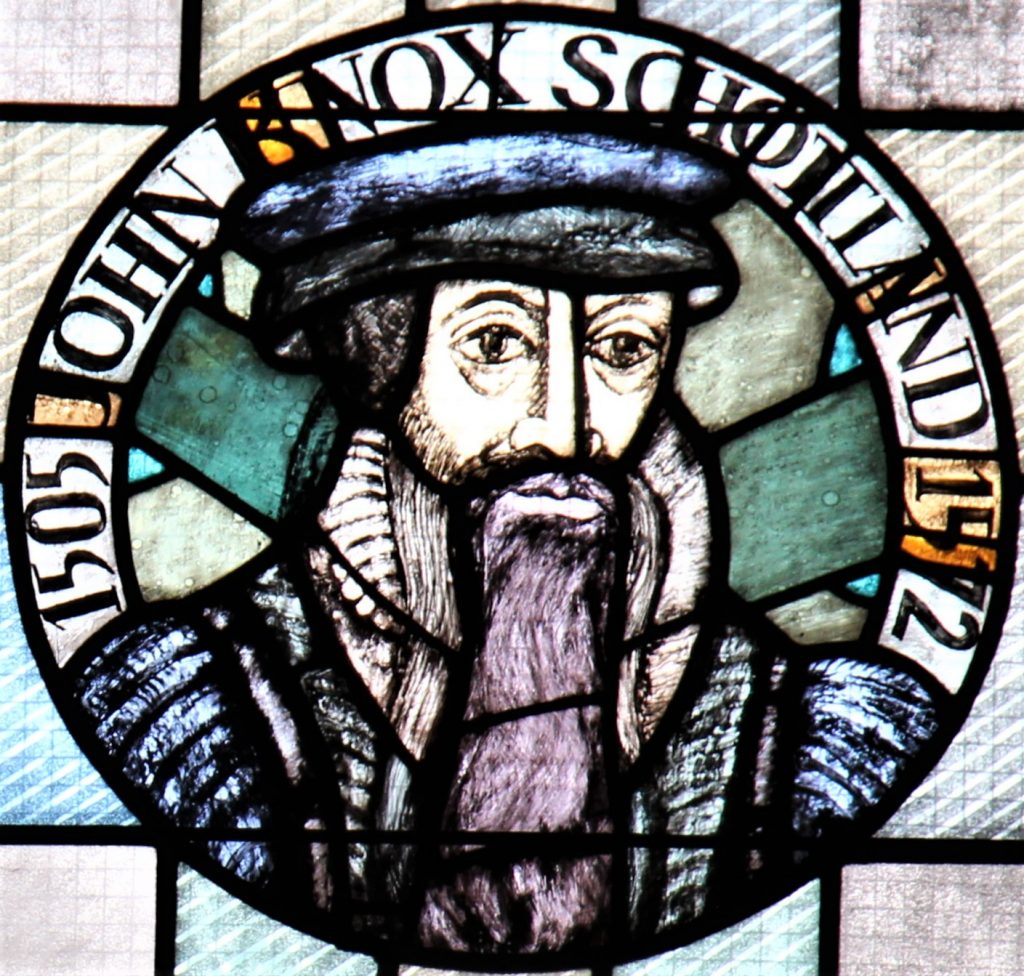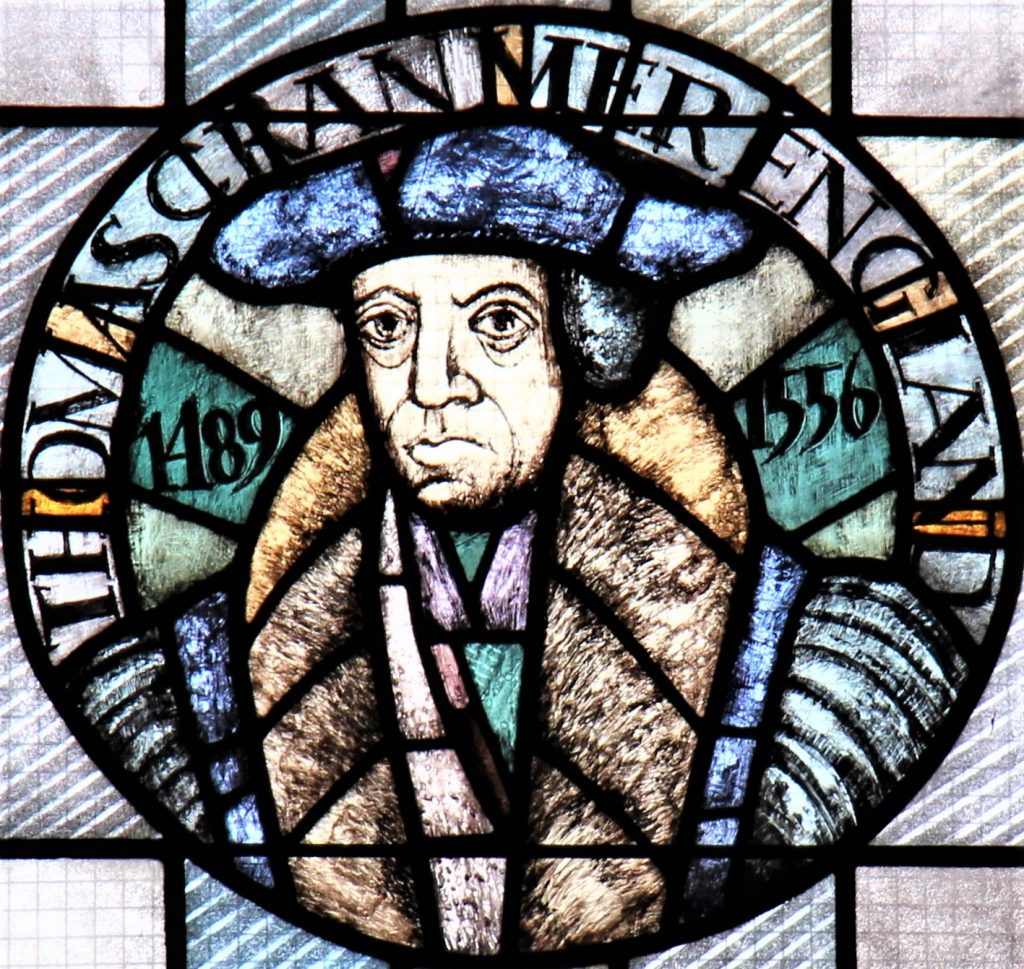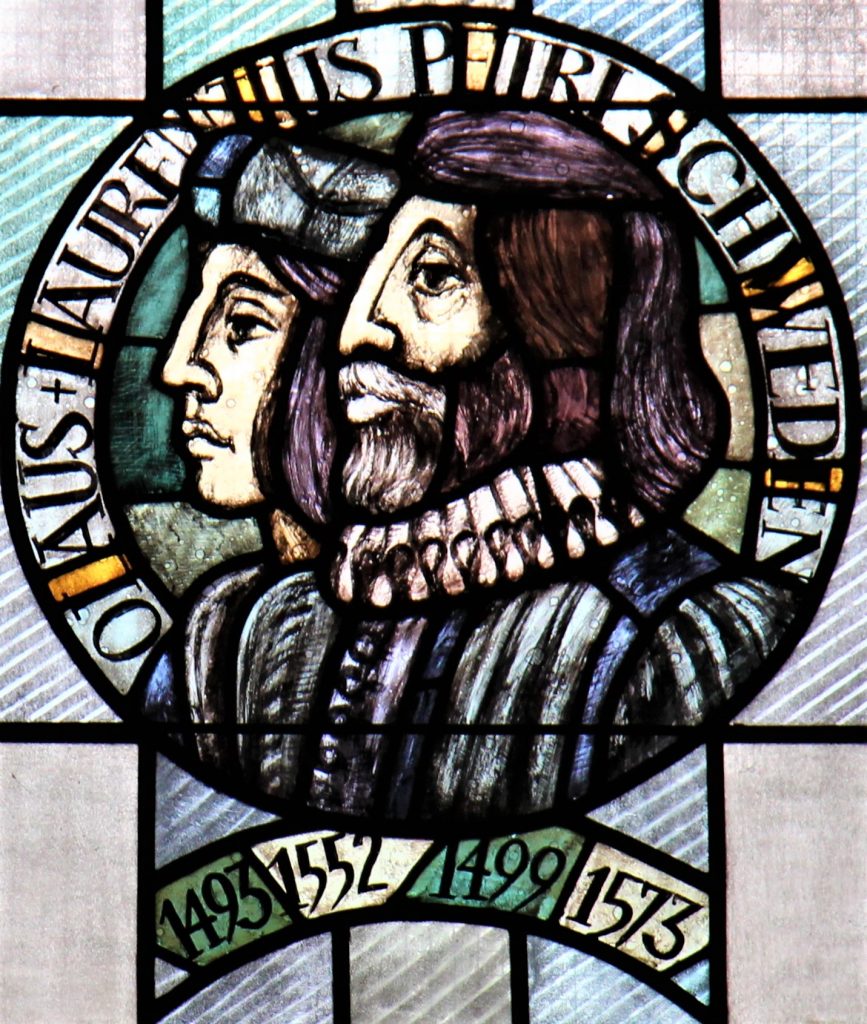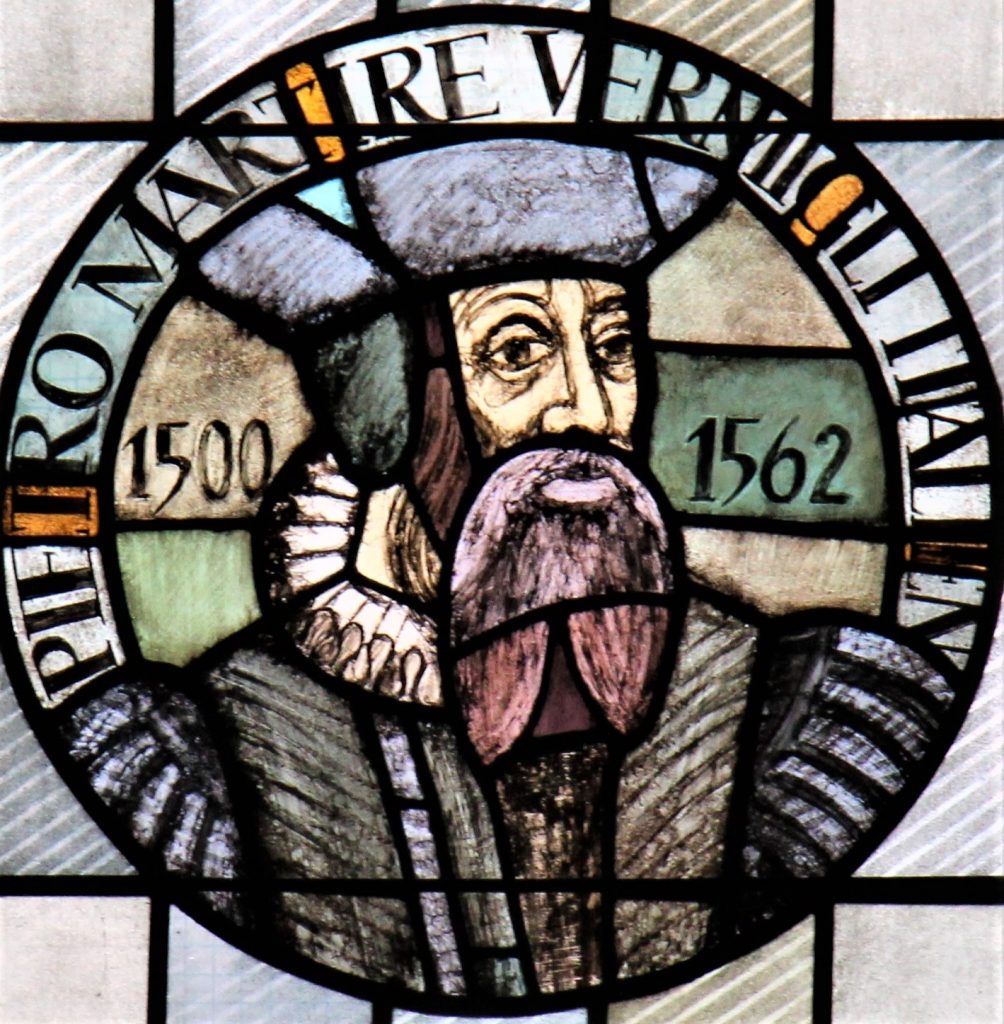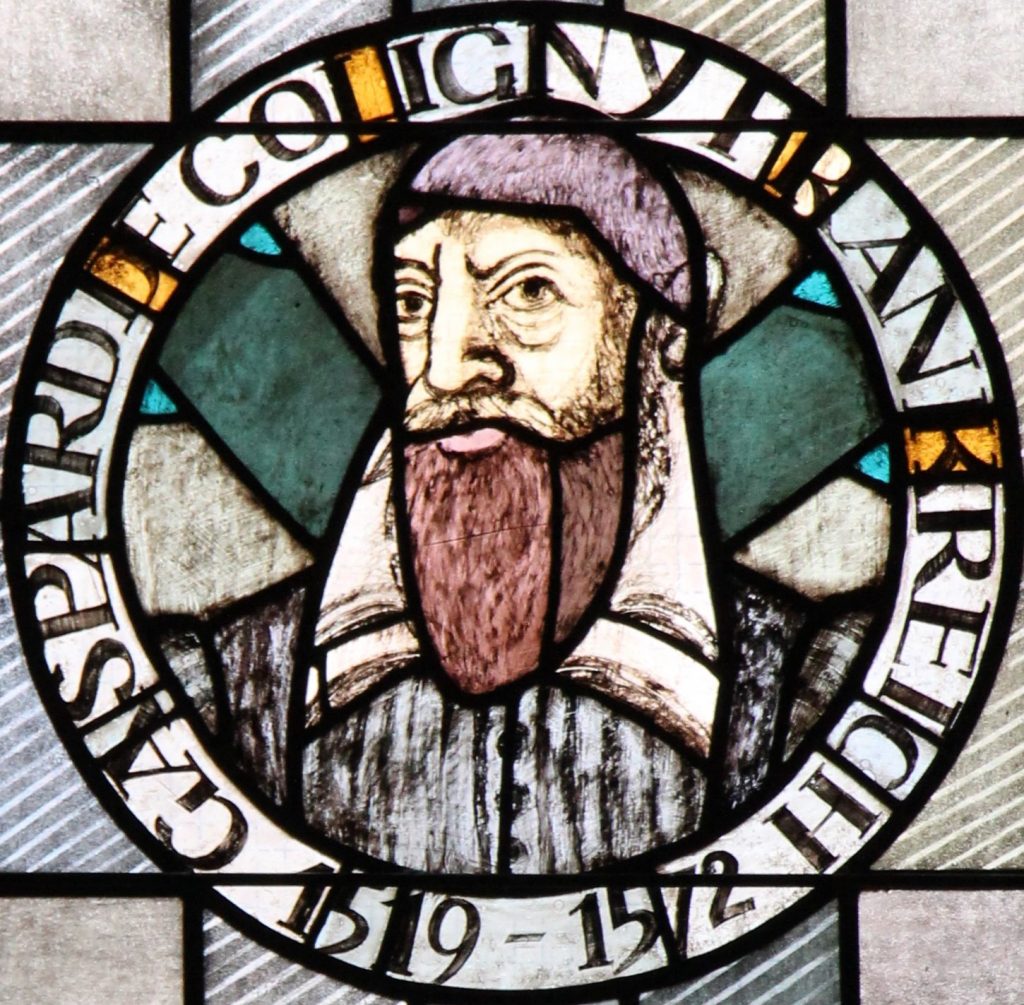Wittenberg is where the Reformation began. Beginning as early as 1511, the Augustinian hermit Martin Luther taught at the recently-founded University and gradually developed a new theology. The indulgence controversy in 1517-18 made clear that his theology had the inherent potential to call into question many of the fundamental theological assumptions of the medieval church. As a result, in the years that followed, Luther’s teachings radically transformed the church and the world. In the process, Wittenberg became a laboratory for testing out his ideas for ecclesiastical renewal. What Luther worked out conceptually in his writings and put into practice in the city had great influence far and wide. During the middle decades of the Sixteenth Century, the “Wittenberg Reformation” grew into early modern Lutheranism.
Illustration: The Castle Church is one of the places where the Reformation began. Here Martin Luther posted his 95 Theses on Indulgences on 31 October 1517.
